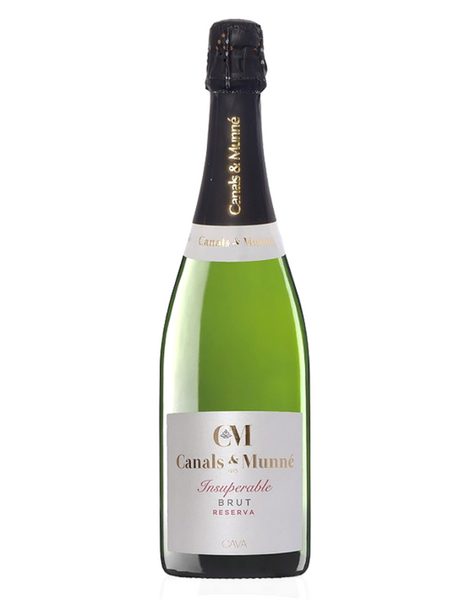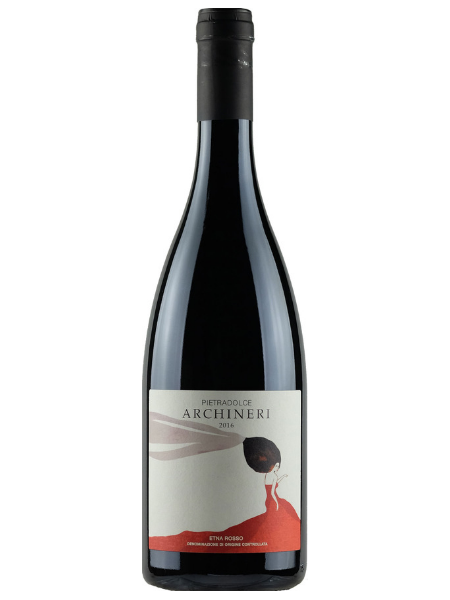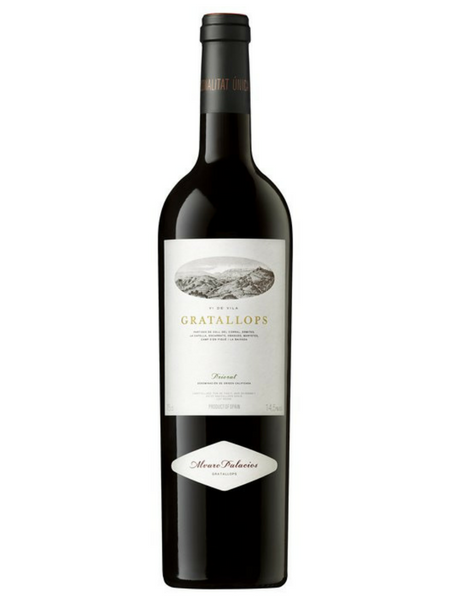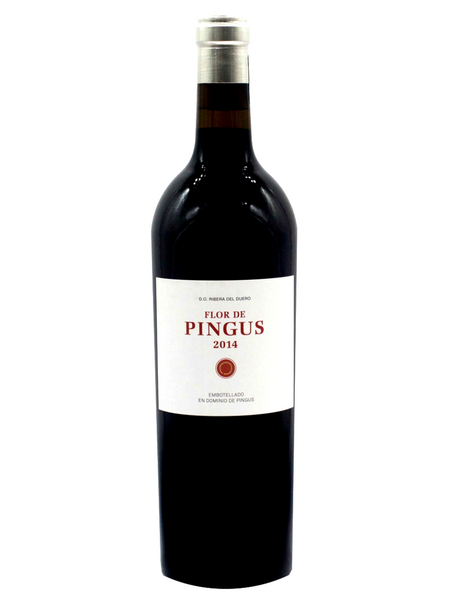Grape: 100% Syrah
Region: Barossa Valley, SA
Ageing Potential: 2023 - 2043
Size: 750mL
Notes from the winemaker:
A regal and brooding rendering of the Hoffmann’s soil from a meagre season plagued by wind and fire.
Assembled from the two oldest sections within the Hoffmann families vineyard; planted on their own roots in 1927 and the oldest vines between 1888 & 1912 with welcome smidgens from the neighbouring blocks planted in 1994, 1995 & 1996.
These 18 Burgundian Pièces were carefully assembled and bottled amidst the spring of 2021 after enduring their 82 week elevage. Bottles were filled without filtration, fining or sparging (the removal of naturally occurring oxygen & C02) and all transfer’s were completed via gravity prior to bottling.
Yields were tiny, ranging between 9 & 17 hectolitres per hectare.
4971 bottles were filled.
Label: Dad’s Windmill, drawn Denmark 1974 + Andy’s Flames, printed 2020.
Rear – Andy’s Magnolia Leaf, grown, sewn and printed 2020.
About Sami-Odi
Our 'simple yet attentive' farming philosophy remains unchanged, with paramount importance placed on prudence, organics and our alignment with lunar rhythms. All cuts are made amid descending moons and with the greatest of care, yearning to produce fine canes, balanced clusters and small berries with resilient skins. Shoot thinning, suckering and crop paring are all integral parts of our annual cycle with an ideal to farm as simply as possible, resulting in the harvest of healthy fruit early in the season that requires no adjustments and little intervention.
Our cellar practices continue this premise; hand sorted clusters endure their primary fermentation at whatever pace the season dictates, without the use of destemming, pumps, yeasts, enzymes or temperature control. The whole clusters are gently pigeaged by foot prior to basket pressing into Burgundian Pièces where they complete both their primary and malolactic fermentations. To encourage the retention of naturally occurring carbon dioxide (a by-product of fermentation and a natural preservative and antioxidant) the wines are not racked or clarified during their elevage and remain on their lees until they are assembled.







